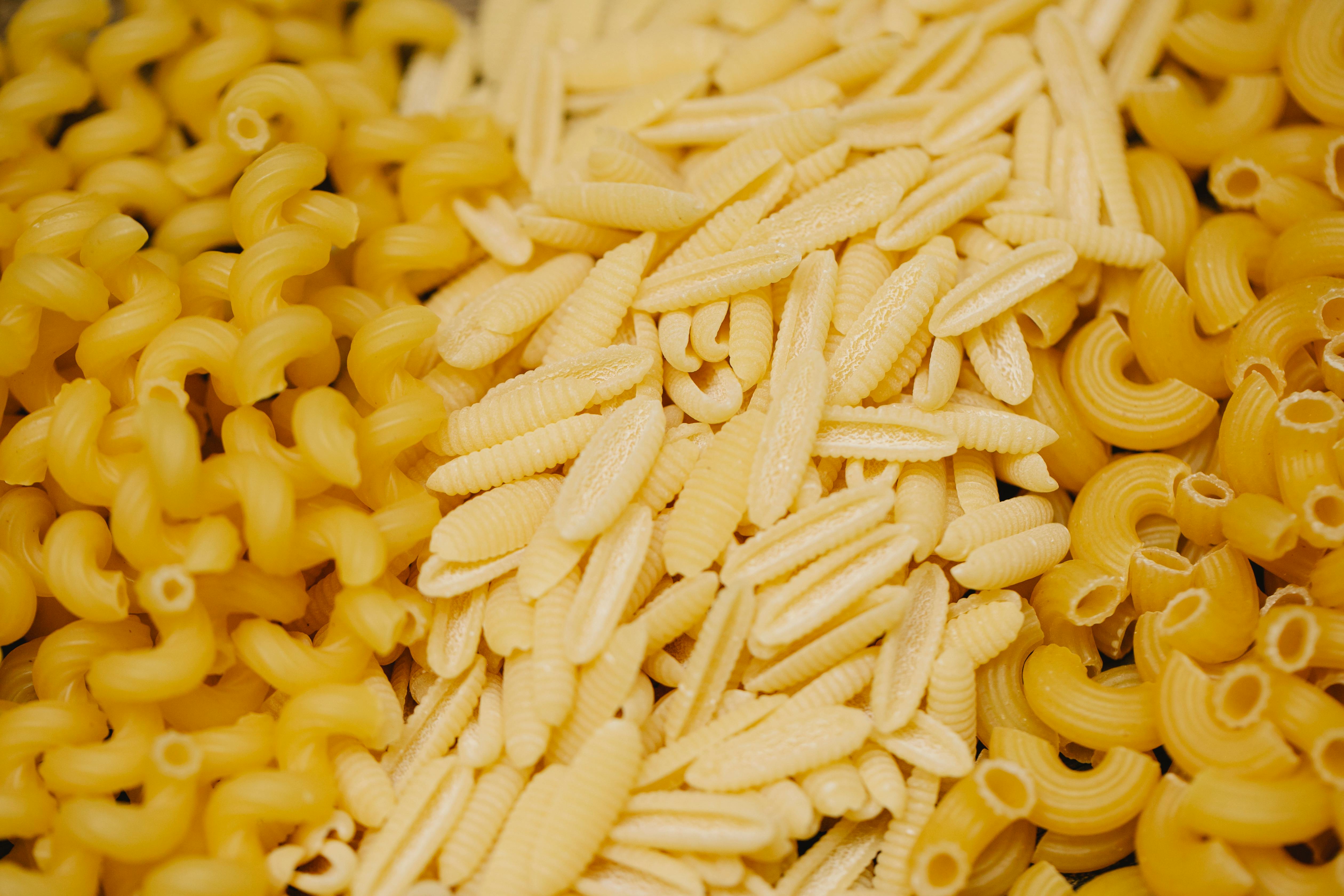Books What (sic) I read in 2014: 6 – ‘Plan For Chaos’

In the well-established collection of ‘logical fantasy’ fiction written by John Wyndham comes a new title, some forty years after his death in March 1969. Wyndham is well known for dreaming of the ‘Triffids’ – giant walking plants with poisonous bites. , which can digest human flesh (among other things). Originally developed for their oil and carefully cultivated, these plants take advantage of an astronomical event that causes mass blindness in the world’s population. Wyndham also designed the Midwich Cuckoos, which refers to the impregnation of the women of a town, young and old, by an alien species; the Chrysalis, which is a vision of a post-nuclear holocaust society and its attitude towards genetic mutations; and Trouble with Lichen, which is about the discovery of a drug that can dramatically extend human life and the consequences of such a discovery for society at large.
‘Plan For Chaos’ was written at the same time as ‘The Day of the Triffids’ (between 1948 and 1951), his first science fiction work, but it was not published until 2009. Written in the late forties, this novel pre – dates Ira Levin’s ‘The Boys From Brazil’ (first published in October 1976) by a quarter of a century, and deals with the same themes: genetic engineering and the planned revival of Hitler’s Third Reich. While Levin’s demons are all cloned Hitlers with carefully orchestrated upbringing, this story is about a Nordic race rising from the ashes of the Berlin bunker and their ‘defeated’ ideals, and the plan to create a chaotic post-nuclear society in that a form of Nazism may re-emerge and take over the world after all.
It is a story born of the fears fueled in Hiroshima and Nagasaki in August 1945, and since the beginning of the Cold War, when we were all one step away from global self-destruction. The main characters are two cousins of Swedish descent living in the United States at an unspecified future time, although US-Soviet tension is still prevalent globally. Johnny grew up in England but settled in New York, where he is a photojournalist. He notices that several apparently identical but unconnected young women have died (in apparent suicides), and that they look uncannily like his cousin Freda, even identical?
As it unfolds, we come to understand (through a well-described journey in a ‘flying saucer’) how many of these identical women (and their brothers) there are, though we never find out where they are hiding (in a jungle somewhere: “Paramecium reticulata” is a red herring, by the way, I looked it up and it doesn’t exist). The story ends with a very good gunfight, somewhere between some poorly written dialogue in an Australian accent, and then not very satisfactorily (in my opinion). I got the impression that the writer wasn’t sure how to end the novel, and when he did, he did it wrong.
I can understand, perhaps, why Wyndham didn’t publish this somewhat candidly written tale: American English is laborious at first, and the style is a bit sixth grader in places. However, as a product of a 1940s imagination of the post-Nazi and Cold War times we have lived through, it makes for interesting reading, and the ideas explored are relevant in our society now that Louise Brown (the first ” test tube” baby, 1978) and Dolly the Sheep (the world’s first cloned mammal, 1996) are part of our history: what happens to society and values if it becomes matriarchal (men being of limited use, if is that any), and identical siblings (with numbers instead of names) born from the laboratory test tube and the Petri dish populate the earth?